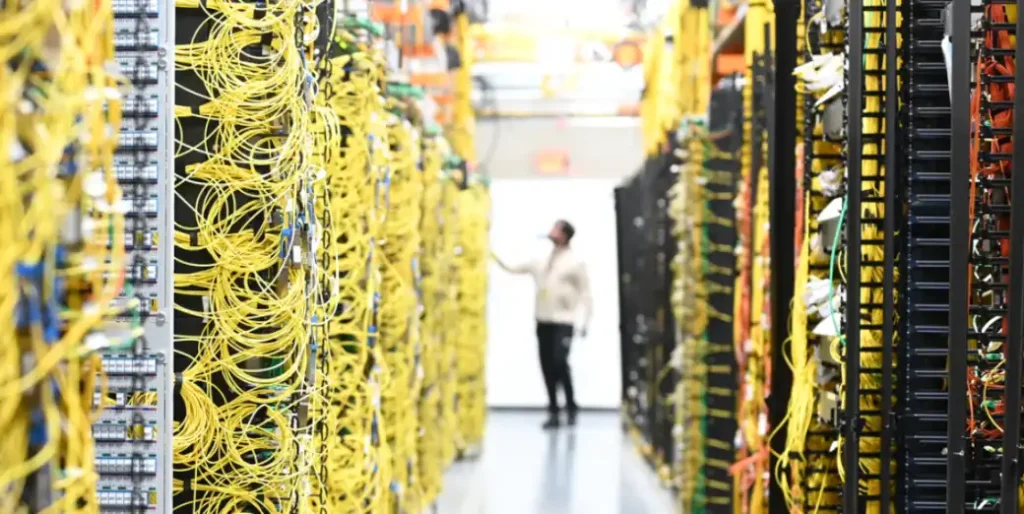The evolution of software engineering is increasingly shaped by dynamic ecosystems where collaboration fuels technological advancements. These environments bring together professionals from diverse backgrounds, including developers, researchers, and industry leaders, fostering an exchange of knowledge that accelerates the development of innovative solutions. As the demand for secure, efficient, and scalable software grows, the significance of these collaborative networks becomes ever more pronounced. They serve as a catalyst for new methodologies, tools, and frameworks that redefine how software is designed, built, and maintained.
A thriving software engineering ecosystem is composed of a broad spectrum of participants, each contributing unique expertise and resources. Startups introduce fresh perspectives and agility, while academic institutions contribute advanced research and theoretical advancements. Established technology firms provide infrastructure and industry experience, and government agencies help shape regulatory landscapes that support innovation. The collective intelligence emerging from this synergy enables the rapid identification and resolution of complex technical challenges, ultimately driving efficiency and performance in software development.
Creativity remains a fundamental driver of progress in software engineering. The most transformative ideas often originate from unconventional thinking and interdisciplinary collaboration. Innovation hubs, research labs, and open-source communities provide fertile ground for experimentation, allowing professionals to refine and expand their ideas. By embracing cross-disciplinary approaches, software engineers can explore novel architectures, optimize performance, and enhance security measures in ways that traditional methodologies might overlook.
Partnerships among engineers, designers, and business strategists ensure that ideas are not only technically feasible but also aligned with real-world needs. Joint ventures, research collaborations, and open-source initiatives enhance the pace of development by pooling resources and expertise. This culture of shared learning and collective problem-solving accelerates technological breakthroughs, ensuring that solutions are both robust and adaptable.
Adaptability remains a cornerstone of sustainable software engineering practices. As technologies evolve and market demands shift, professionals must remain agile in their approach. Continuous learning and iterative development cycles enable engineers to respond swiftly to emerging trends, security threats, and user expectations. The willingness to experiment with new programming paradigms, frameworks, and automation tools is essential for maintaining relevance in an industry that moves at an unprecedented pace.
The impact of innovation in software engineering extends beyond technical enhancements; it contributes significantly to economic growth and societal progress. By fostering entrepreneurship and investment in new technologies, collaborative ecosystems generate employment opportunities and attract top-tier talent. The growth of these hubs creates a ripple effect, driving advancements in artificial intelligence, cybersecurity, and cloud computing while simultaneously enhancing global connectivity and digital security.
The sustainability of innovation ecosystems relies on visionary leadership, strategic coordination, and supportive policies. Industry leaders and policymakers must work in unison to cultivate an environment that nurtures creativity and technical excellence. Access to funding, ethical governance, and a commitment to fostering talent are essential components of a thriving software engineering landscape. The protection of intellectual property, combined with an openness to knowledge sharing, ensures that innovation is both encouraged and safeguarded.












